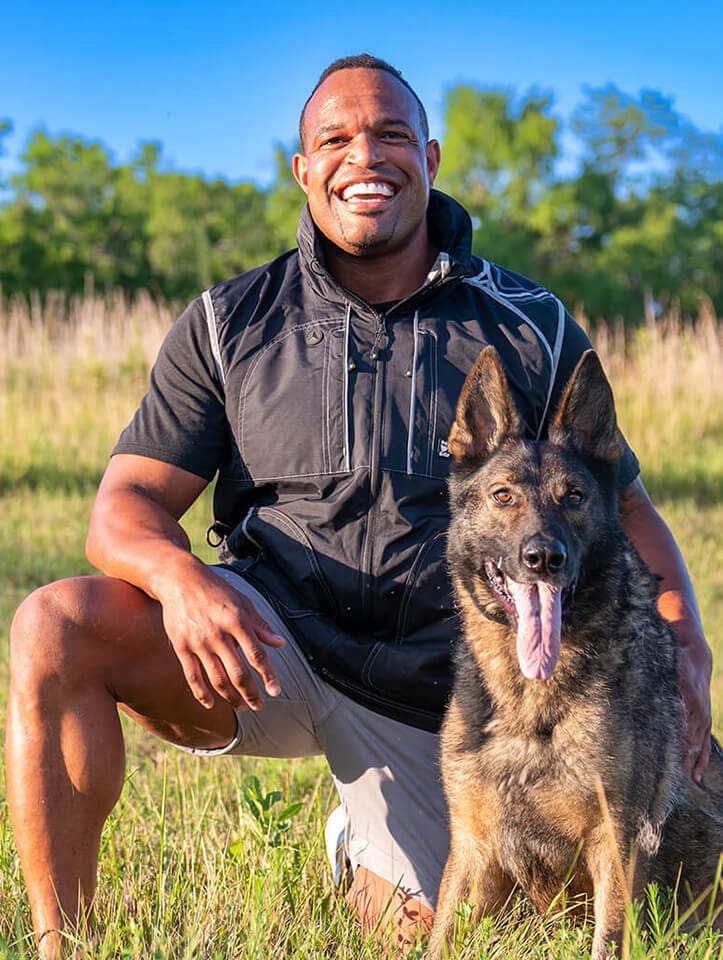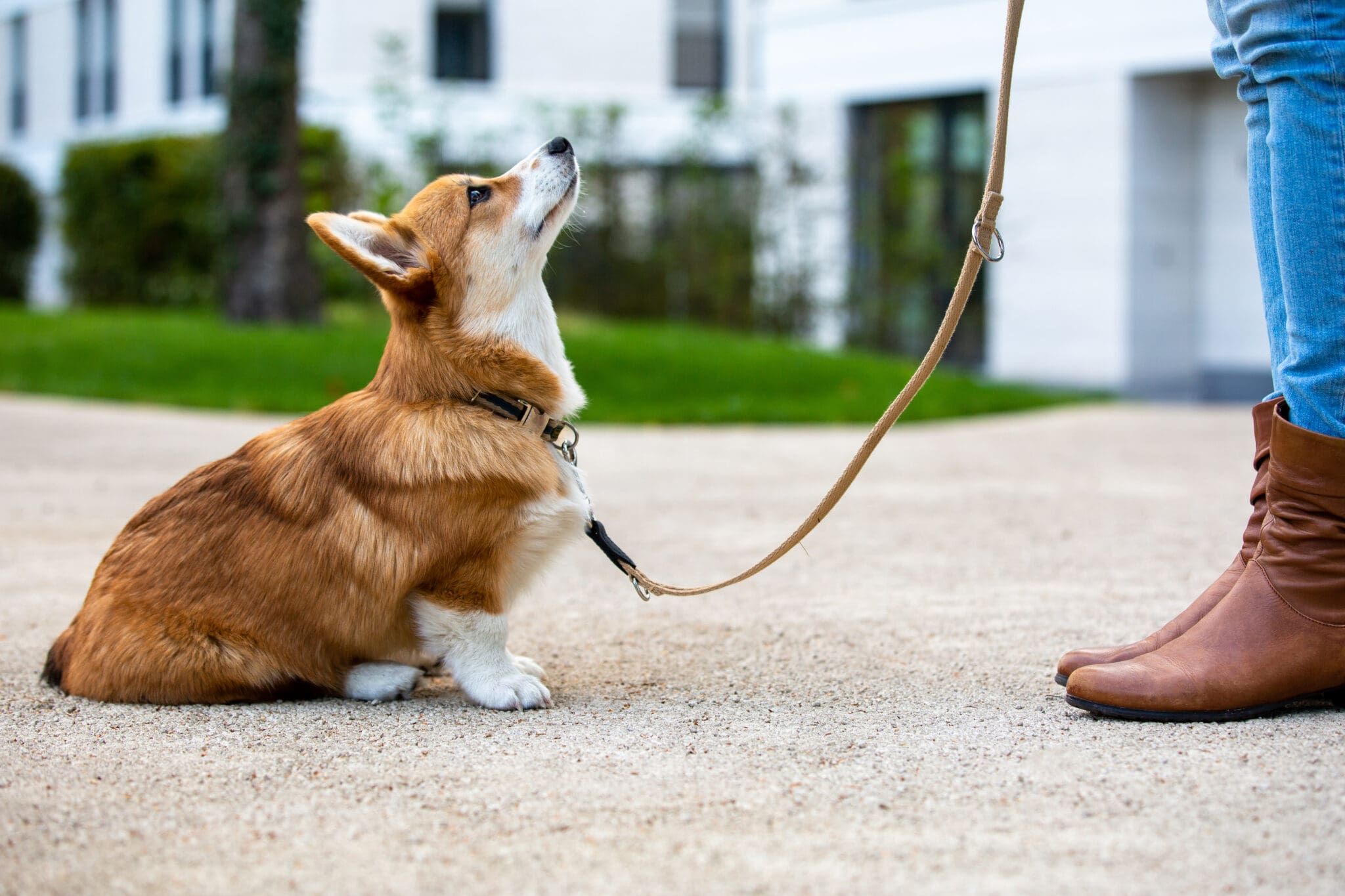Leading Dog Educating Strategies Every Owner Should Know

Positive Reinforcement Strategies
Utilizing favorable support techniques is vital for efficient dog training, as it cultivates a relying on bond between the trainer and the pet dog. This technique focuses on gratifying preferable habits rather than penalizing unwanted ones, developing an atmosphere for discovering. Rewards can include deals with, praise, or playtime, which encourage pet dogs to duplicate the actions that earn them these benefits.

Additionally, this method boosts the dog's interest for training sessions. When pets associate training with favorable experiences, they are more engaged and receptive. Past prompt therapy, favorable support encourages a collective connection between the canine and instructor, decreasing stress and anxiety and fear
To take full advantage of performance, it is essential to provide benefits promptly, ensuring the dog connects the behavior with the reinforcement. In essence, favorable reinforcement methods not only generate better-trained canines yet also promote an unified collaboration between pet and owner.
Clicker Training Method
The remote control training technique is an extremely efficient strategy that builds on the concepts of positive reinforcement by including a distinct noise to mark desired behaviors. This method makes use of a tiny portable gadget that creates a clicking audio, allowing trainers to communicate with their pets in a prompt and clear manner. When a dog executes a habits that the owner wishes to motivate, the remote control is turned on, adhered to by an incentive, usually in the type of deals with or appreciation.
The trick to effective remote control training depends on consistency and timing. It is crucial to click at the exact minute the wanted behavior occurs, ensuring that the canine associates the audio with the activity and the subsequent incentive. This approach not only enhances interaction but additionally promotes a more powerful bond between the dog and the owner, as it motivates involvement and interaction during training sessions.
Remote control training can be applied to a variety of behaviors and commands, from standard obedience to extra complicated tricks. Its convenience and effectiveness make it a favored technique amongst expert fitness instructors and family pet proprietors alike, paving the method for a trained and responsive canine friend.
Chain Training Basics
Efficient chain training is vital for ensuring a safe and pleasurable strolling experience for both dogs and their proprietors. Dog training. Chain training ought to start very early and be come close to with persistence and uniformity. Start by selecting an ideal leash and collar or harness. A level collar may function for some pets, while others might benefit from a harness that minimizes drawing. Click Here
Present your canine to the leash gradually, permitting them to explore it in a comfortable environment. Technique loose-leash strolling once they are accustomed. This includes rewarding your dog for walking beside you as opposed to pulling in advance. Use treats and praise to reinforce desired actions, and be sure to remain calm and assertive.
If your pet dog begins to pull, stop walking quickly. Wait till they return to your side prior to resuming. This instructs them that drawing does not result in proceed. In addition, technique numerous strolling environments to assist your canine adapt to diversions.
Regular practice will certainly solidify your pet dog's understanding of chain etiquette. Keep in mind that chain training is an ongoing procedure; persistence and uniformity will certainly yield the very best results, cultivating a favorable experience for both you and your canine friend.
Socializing Techniques
Socialization is a critical element of dog training that need to ideally begin during puppyhood yet can be useful at any type of age. Effective socializing assists dogs establish self-confidence and minimizes the likelihood of behavioral concerns. To carry out successful socialization techniques, subject your dog to a selection of environments, individuals, and various other pets.
Begin with regulated settings, such as pup classes or organized try this website playgroups, where young pets can interact safely. Slowly present your dog to new experiences, consisting of various sounds, surfaces, and tasks. Ensure these encounters are fulfilling and positive to develop a sense of security.
For adult pets or those lacking exposure, begin with low-stress situations. Short, positive communications with tranquil dogs and friendly people can create positive associations. Utilize deals with and appreciation to enhance preferable behaviors during these experiences.

Consistency and Perseverance
Identifying the significance of consistency and patience in pet training is essential for attaining enduring outcomes. Educating a canine is a progressive process that needs an organized approach and unwavering dedication from the owner. Each command or behavior have to be strengthened regularly to assist the pet understand what is anticipated of them. Inconsistent training can bring about complication, making it challenging for the dog to understand commands or behaviors, ultimately hindering development.
Moreover, perseverance is a vital element of efficient training. Dogs, like human beings, learn at their very own rate. Some might grasp principles swiftly, while others could take longer. It is important for proprietors to continue to be supportive and calm, strengthening favorable actions without considering disappointment or punishment. This cultivates a trusting relationship between the canine and owner, urging an extra passionate and prepared student.
To grow uniformity and persistence, develop a regular training regular, make use of the very same commands, and ensure that all relative use the same training principles - Dog training. By doing so, you create a secure atmosphere favorable to discovering, enabling your canine to flourish and develop right into a mannerly buddy
Conclusion
In conclusion, reliable pet dog training strategies, such as positive reinforcement, clicker training, and appropriate leash training, are vital for cultivating a healthy owner-dog connection. In addition, executing socialization techniques and maintaining uniformity and persistence throughout the training process adds substantially to a pet's overall health. By integrating these approaches, dog owners can promote the development of well-adjusted, loyal pet dogs, eventually enhancing the top quality of life for both the pet and the proprietor.
Among the most noticeable techniques are favorable reinforcement, clicker training, and chain training, each offering distinct advantages that contribute to a mannerly dog. As we explore these essential techniques, it comes to be apparent that understanding their subtleties can dramatically impact the training experience and the pet's general behavior.Making check out here use of positive reinforcement strategies is important for effective canine training, as it cultivates a relying on bond in between the trainer and the dog.In conclusion, reliable dog training techniques, such as positive support, remote control training, and proper leash training, are necessary for cultivating a healthy owner-dog connection. By integrating these approaches, pet dog proprietors can assist in the development of well-adjusted, obedient pet dogs, ultimately enhancing the high quality of life for both the pet dog and the proprietor.